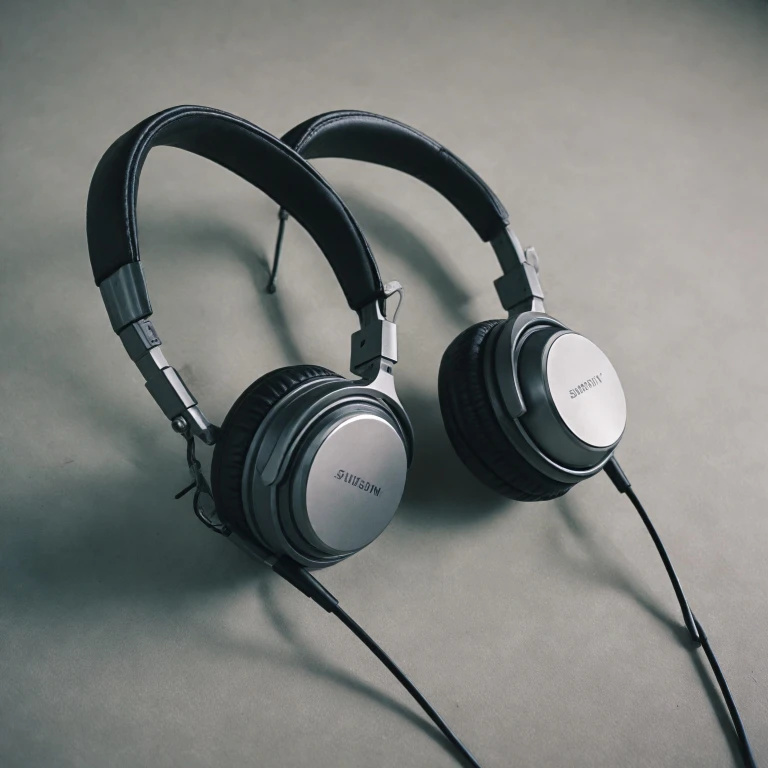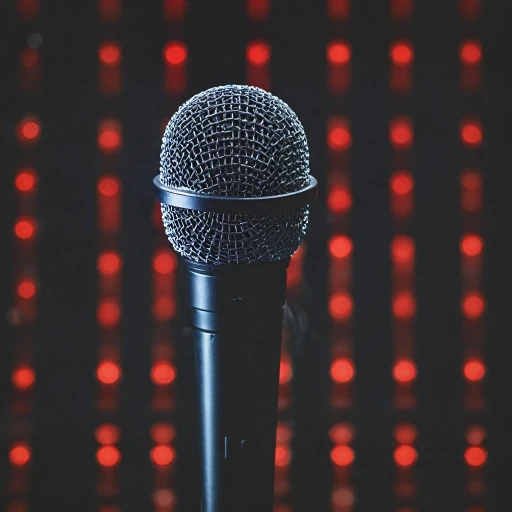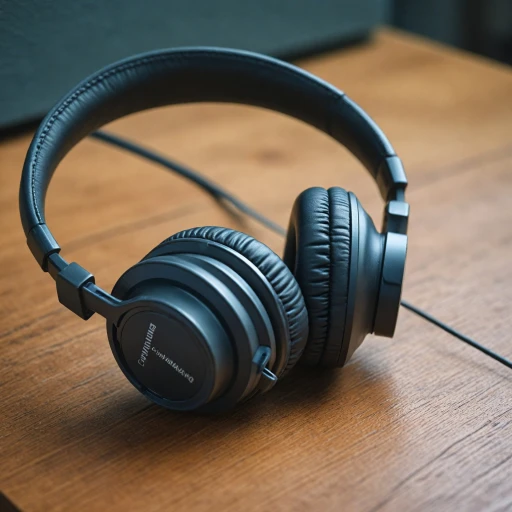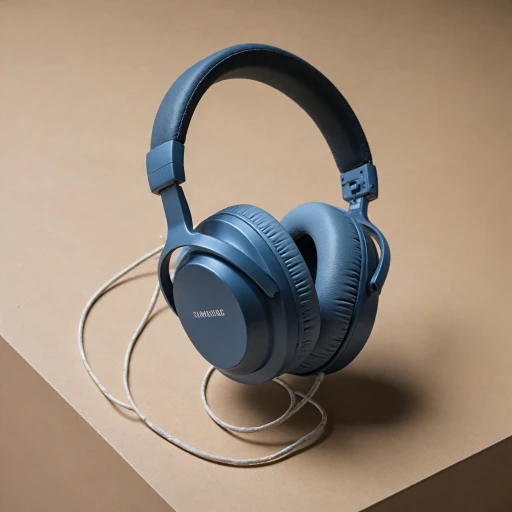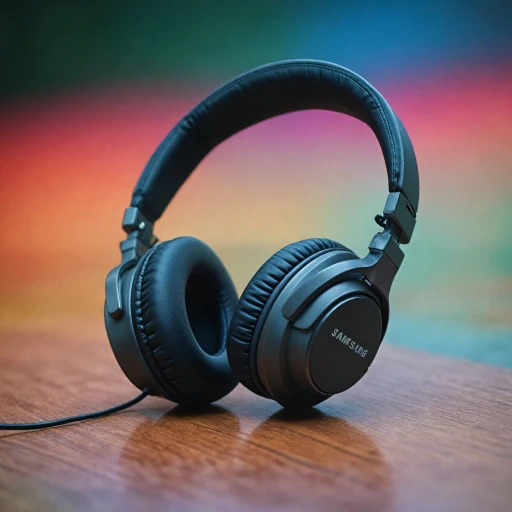The Evolution of Audio Connectivity
Shifting from Analog to Digital Connections
The world of audio technology has undergone significant transformations in recent years, especially within the realm of noise canceling headphones. Traditionally, the 3.5mm audio jack was the gold standard for headphone connectivity, offering universal compatibility and a straightforward plug-and-play experience. However, with the increasing dominance of smartphones and other digital devices, particularly the iPhone and Galaxy series, the industry is moving towards more advanced options like USB-C connectors. The shift to USB-C represents a broader transition from analog to digital connections in audio products. This transition aligns with the growing consumer demand for higher sound quality and more reliable connectivity solutions. Unlike the traditional headphone jack, USB-C enables features such as faster power delivery and enhanced data transfer capabilities. These benefits make USB devices, including noise canceling headphones, more efficient and powerful. Manufacturers now emphasize USB audio capabilities. For instance, Apple's decision to eliminate the headphone jack in their pro iPhone models has accelerated the acceptance of USB-C as a preferred connection standard. Similarly, many Galaxy devices and other electronics provide native USB support, further propelling this movement towards digital audio solutions. Switching to USB-C doesn't only enhance audio quality; it also meets the evolving preferences of consumers who seek sleek, multifunctional devices. While there are challenges in adopting USB-C—such as the need for audio adapters and potential compatibility issues—the benefits often outweigh the inconveniences. As we will explore further, the influence of USB-C on noise canceling technology is substantial, offering more integration possibilities in modern headphone design. For more insights into the historical changes and specific impacts of this transition, check out this resource on simplified eARC capabilities.Why USB-C is the Future for Headphones
USB-C Takes Center Stage in Headphone Connectivity
The migration from the traditional 3.5mm audio jack to USB-C for headphones has been gathering momentum, and it's evident why USB-C is being hailed as the audio connectivity option of the future. Current trends in technology, supported by the rapid innovation of flagship devices like the iPhone Pro and Galaxy series, illustrate this shift.
USB-C offers a plethora of benefits over the 3.5mm jack. It provides ample power delivery for active noise cancellation features, enhancing sound quality without needing an additional audio adapter or power source. This seamless plug-and-play compatibility eliminates the baggage of extra cables, adapters, and audio connectors, making the user experience smoother, particularly for those who frequently engage in tech-intensive activities.
Moreover, USB-C integration supports higher data transfer rates, which translates to better sound quality and a more immersive audio experience for both music enthusiasts and professionals alike. This capability benchmarks USB-C as a superior choice for high-resolution audio adapters and USB devices, ensuring pro-level sound support at a regular price point.
The pro max versions of many smartphones capitalize on this technology by removing the headphone jack, thus prioritizing USB-C connectivity to streamline design and functionality. USB audio compatibility not only enhances sound but often comes with perks like free shipping and attractive sale prices on new releases or replacement units for your cart items.
As the demand for convenient, high-fidelity audio connectivity increases, manufacturers are poised to prioritize USB connectors. This evolution points towards a future where USB-C is no longer a specialized feature but a standardized necessity across audio products.
Challenges in Adopting USB-C
Transitioning to USB-C: A Complex Path
The movement from traditional 3.5mm ports to USB-C in noise canceling headphones comes with its set of challenges, despite USB-C's promise of improved audio quality and power delivery. One pertinent issue is compatibility. Enthusiasts accustomed to the classic headphone jack may need to invest in USB audio adapters, pushing the price regular users would typically expect to pay. While USB devices like the Galaxy line and the iPhone Pro models are paving the way, the shift requires a variety of adapters for seamless usage across different products, which could impact the unit price. Additionally, many consumers still rely on devices that support the traditional ports, such as the older iPhone units. Offering adapter power that allows these new cables to work with legacy audio products without compromising sound quality becomes essential. There's also the practical concern of possessing multiple audio cables for various devices. This often leads to additional cart items in one’s shopping list, effectively increasing the overall price of ownership for consumers. However, brands are making strides by offering bundles that include necessary adapters with free shipping, invariably easing the transition. Beyond hardware, the widespread adoption is influenced by manufacturers like Apple and Samsung focusing on promoting their pro models with USB audio and power delivery capabilities. Despite possible black and frustrating shipping orders, the shift represents a long-term investment towards enhancing noise cancelation performance. For more insights into product comparisons, some reliable resources are available for detailed analysis on this ongoing transition.Impact on Noise Canceling Technology
Redefining Noise Canceling Through Connectivity
With the shift towards USB-C, noise canceling technology has seen significant advancements. The integration of USB audio allows headphones to deliver enhanced sound quality thanks to better power delivery capabilities. This can significantly improve the performance of noise canceling features, making the listening experience more immersive.
For consumers using devices like the iPhone Pro or Galaxy models, this transition means the potential for richer, clearer audio without the need for additional adapters. While some may be concerned about the absence of a traditional headphone jack, the USB-C interface offers substantial benefits. The direct plug and play compatibility facilitates seamless connectivity, reducing interference and preserving audio integrity.
Another key advantage of embracing USB-C in noise canceling headphones is the ability to streamline power requirements, ensuring devices are efficiently charged. This is particularly relevant for users who rely on their headphones throughout the day, or for professionals who need unwavering performance. Moreover, products that support USB-C tend to offer greater warranty options, adding a layer of trust and assurance for the consumer.
Although the price of newer units utilizing USB-C might be higher than their 3.5mm counterparts, the regular price usually includes perks such as free shipping or bundled accessories like an audio adapter. This can make the transition not only worthwhile but also an investment into higher-quality sound experiences.
To fully appreciate the impact of USB-C on sound and noise canceling capabilities, consumers are advised to check product reviews and comparisons. This can guide informed decisions, ensuring that the chosen unit aligns well with individual preferences and needs for audio devices.
Consumer Considerations and Preferences
Key Factors for Consumers Considering the Shift
For those contemplating the transition from 3.5mm audio jacks to USB-C in noise canceling headphones, numerous factors come into play. Consumers are finding themselves balancing preferences for audio quality, budget, and practicality in their product choices. One crucial consideration is the versatility offered by USB-C. It is increasingly favored for its plug-and-play ease, supporting both audio and power delivery. This can be incredibly beneficial for users of devices like the iPhone Pro or Galaxy, who may seek consolidated connections without the clutter of numerous cables. USB-C headphones can potentially eliminate the need for an audio cable adapter, streamlining the listening experience. However, as more products shift to USB-C, consumers must assess the impact on their existing audio setup. For example, those using older devices or accessories like the traditional audio adapter may require solutions like a USB to headphone jack adapter to maintain compatibility. This necessity might add to the overall unit price of the new headphones, suggesting a consideration of a product's total cost, including any extra accessories needed. When comparing unit prices, some consumers have noticed that headphones with USB connectivity might initially appear at a higher regular price than their 3.5mm counterparts. However, the introduction of USB-C frequently comes with added benefits, such as improved free shipping offers or extended warranty periods, which can affect the overall value calculation. Moreover, brands often provide pro and regular models to cater to different consumer needs, with variations in price regular noted. Some might offer a pro max version with enhanced audio quality, making the decision a matter of assessing personal audio needs versus price differences. Finally, the impact of the transition on noise canceling technology should not be overlooked. While USB-C ported headphones can potentially enhance audio experiences, those invested in high-quality sound might prioritize understanding exactly how these products improve overall sound profiles. In conclusion, for those browsing quick view options in the cart or considering the intricacies of shipping orders, the transition to USB-C headphones signifies more than just a change in connector type. It's an opportunity to evaluate the benefits this new standard can bring to their audio experience.Future Trends in Headphone Connectivity
Emerging Trends in Headphone Connectivity
As technology continues to evolve, the landscape of audio connectivity is shifting rapidly. The move from the traditional 3.5mm headphone jack to USB-C is just the beginning of a broader transformation. Consumers are increasingly seeking seamless integration with their devices, and manufacturers are responding with innovative solutions. Here are some trends to watch:
- Wireless Dominance: While USB-C offers numerous advantages, wireless headphones are gaining traction due to their convenience and freedom from cables. This shift is supported by improvements in Bluetooth technology, offering better sound quality and battery life.
- Multi-Device Compatibility: With the proliferation of USB devices, consumers expect their headphones to work effortlessly across different platforms, from iPhone to Galaxy products. This compatibility extends to features like power delivery and plug play functionality.
- Enhanced Audio Quality: As audio technology advances, the demand for high-resolution sound is growing. USB-C headphones are poised to deliver superior audio experiences, rivaling traditional audio cable connections.
- Environmental Considerations: The shift towards USB-C is also driven by a desire to reduce electronic waste. By adopting a universal usb connector, manufacturers can decrease the number of adapters and cables needed, promoting sustainability.
- Consumer Preferences: Despite the technological advancements, some consumers still prefer the reliability of wired connections. Companies are addressing this by offering audio adapters and hybrid solutions that cater to both preferences.
As the industry moves forward, these trends will shape the future of noise-canceling headphones. Whether you prioritize sound quality, device compatibility, or environmental impact, understanding these developments can help you make informed decisions when considering your next purchase. For those interested in the latest in headphone technology, staying updated on these trends is crucial.
